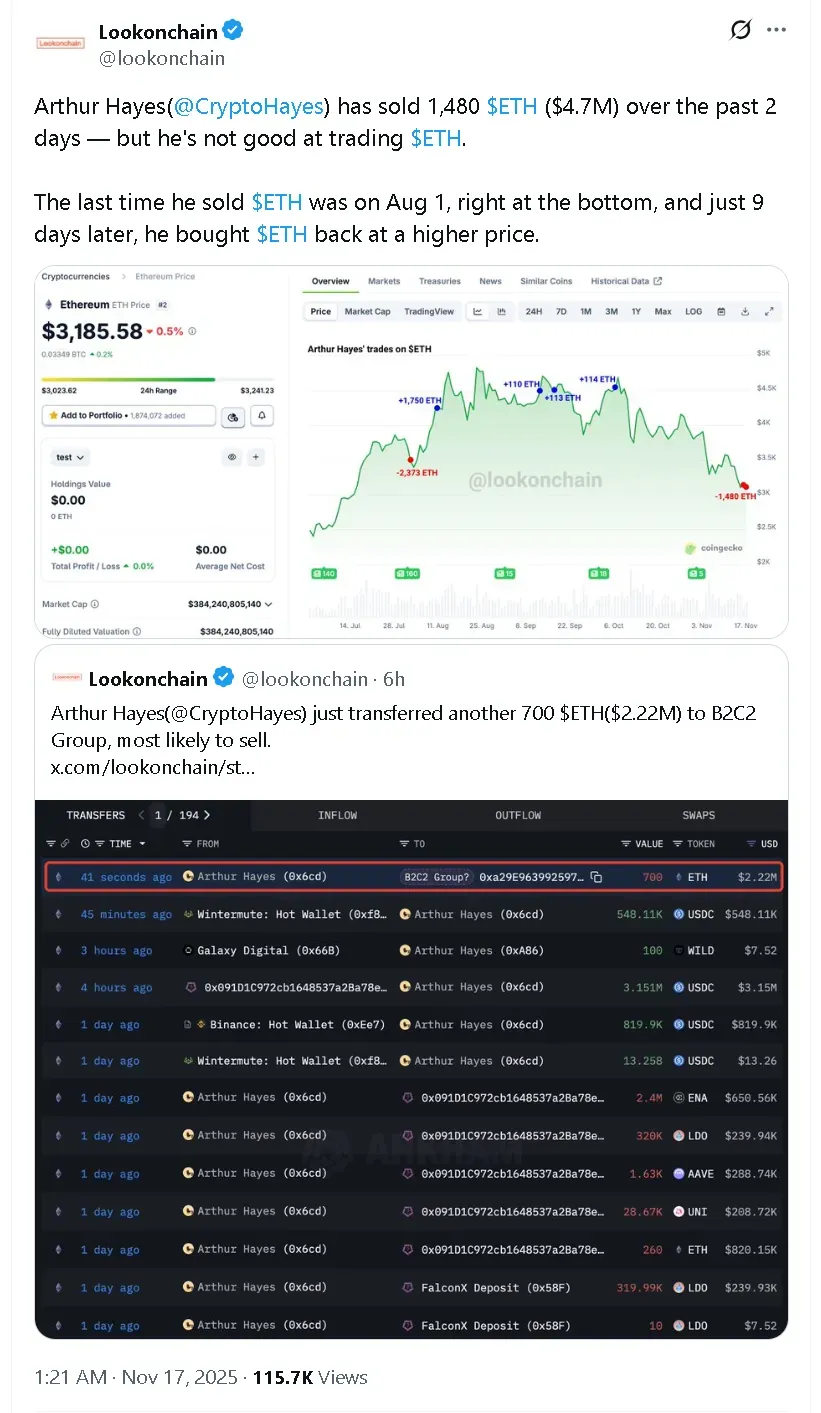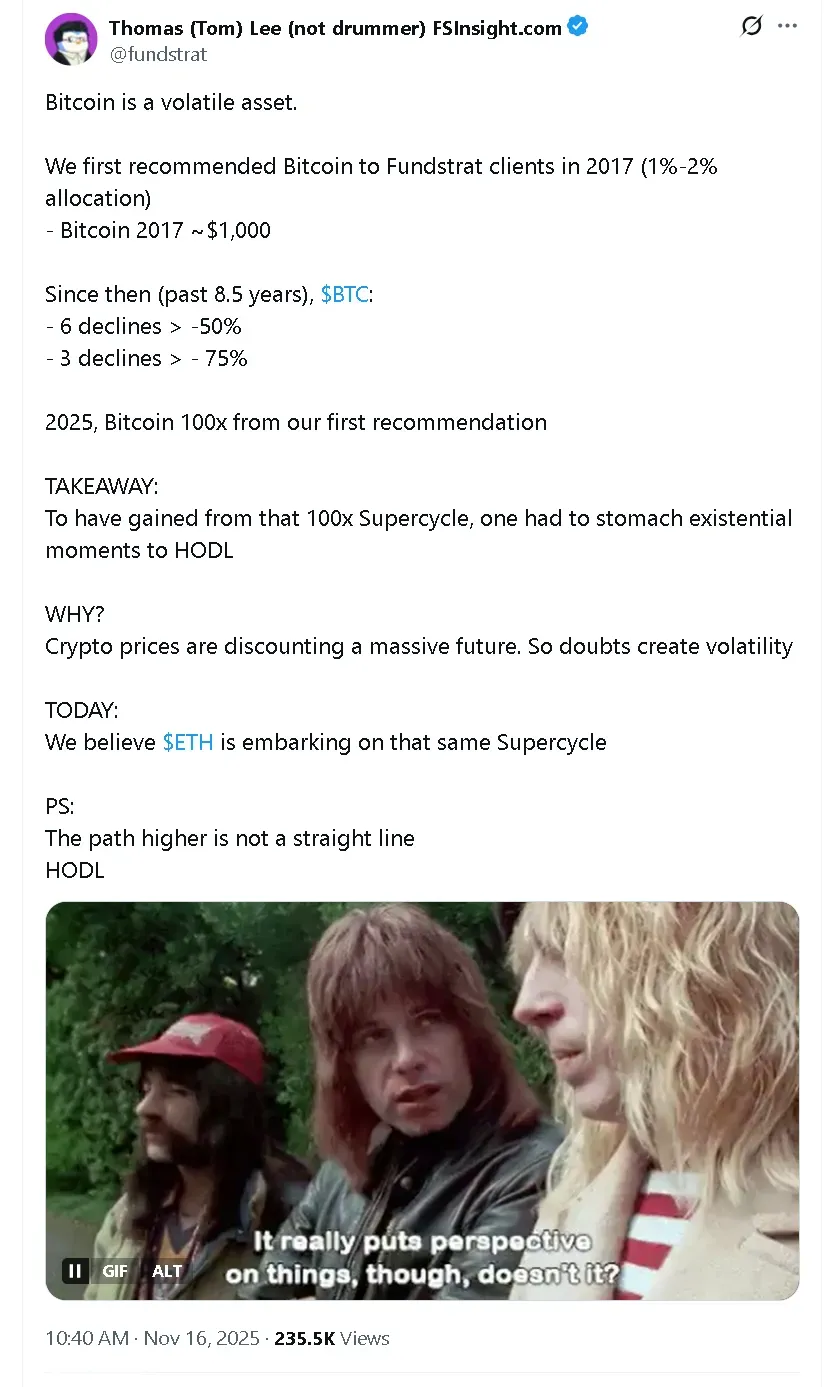The main tag of NFT News Today Articles.
You can use the search box below to find what you need.
[wd_asp id=1]
Bitcoin News Today: Connecting Custody with DeFi: Anchorage-Mezo Enhances Bitcoin’s Institutional Applications
Anchorage Digital and Mezo have entered into a strategic alliance aimed at broadening institutional access to Bitcoin-based financial instruments, representing a notable advancement in the development of
Bitcoin
finance (BitcoinFi). Announced on November 19, 2025, this partnership allows institutional investors to secure loans using their Bitcoin as collateral through Mezo’s MUSD stablecoin at a fixed 1% interest rate and
earn returns via veBTC tokens
. The collaboration utilizes Anchorage Digital’s Porto, an institutional-grade self-custody wallet, to deliver a secure and regulatory-compliant framework for these offerings
according to industry analysis
.
This partnership addresses a significant market need: despite strong institutional interest in Bitcoin, its use for yield generation or liquidity access has been relatively constrained
according to market reports
. Mezo’s platform provides a solution by enabling users to lock up Bitcoin for durations ranging from 6 to 30 days, earning veBTC-based rewards. These incentives come from sharing on-chain network fees, with longer lockups offering greater returns and governance influence over the protocol’s economics
as detailed in a recent report
. The veBTC system is intended to make Bitcoin’s value distribution more accessible, aligning with Mezo’s goal of building a decentralized banking ecosystem
according to industry analysis
.
Anchorage Digital’s status as a federally regulated crypto bank, along with its global regulatory credentials—such as the Major Payment Institution License from Singapore’s Monetary Authority—further strengthens the partnership’s legitimacy
according to financial analysis
. This collaboration builds on Anchorage’s recent moves into Bitcoin-native DeFi, including its connection with BOB’s hybrid Bitcoin-Ethereum platform
as reported by industry sources
. By merging established custody solutions with decentralized finance, Anchorage and Mezo seek to unlock up to $45 billion in Bitcoin-backed lending opportunities by 2030,
according to a February 2025 market report
.
Institutional participation is already on the rise. In the last nine hours, Anchorage Digital has received 4,094
BTC
(approximately $405 million) from organizations such as Coinbase, Cumberland, and
Galaxy Digital
,
indicating sustained institutional engagement
. Meanwhile, Mezo CEO Matt Luongo highlighted the partnership’s significance in advancing Hal Finney’s vision of a Bitcoin-powered banking system, where users can issue digital money backed by Bitcoin without depending on centralized entities
according to market analysis
.
The immediate effects of the partnership are clear: borrowing with MUSD is now available on Porto, and veBTC rewards are set to launch in early 2026
as reported in official announcements
. For listed companies and digital asset treasury managers, this integration offers a compliant gateway into BitcoinFi, allowing them to enhance liquidity and returns without liquidating their Bitcoin reserves
according to industry experts
. As the total value locked in Bitcoin DeFi has surged from $200 million to over $8 billion in just 18 months
according to market data
, the Anchorage-Mezo partnership positions institutions to benefit from Bitcoin’s expanding influence in contemporary finance.











